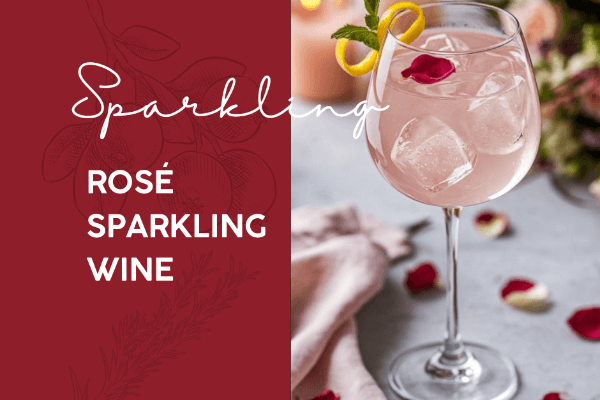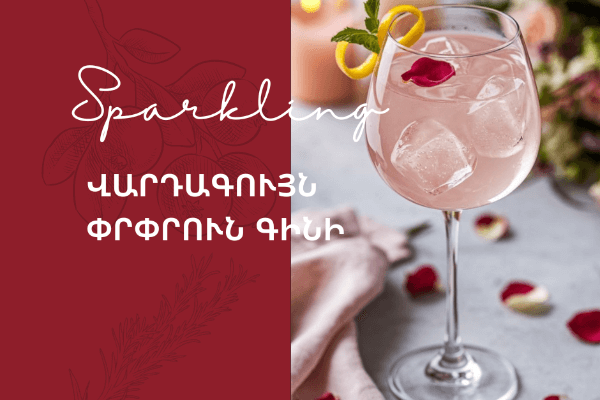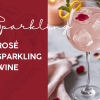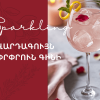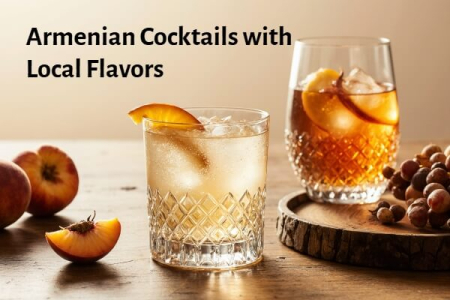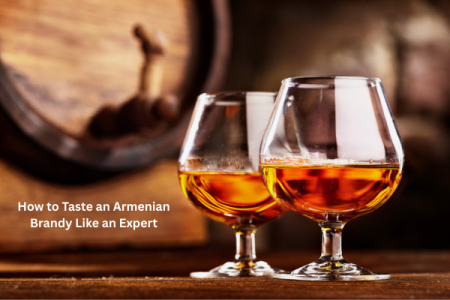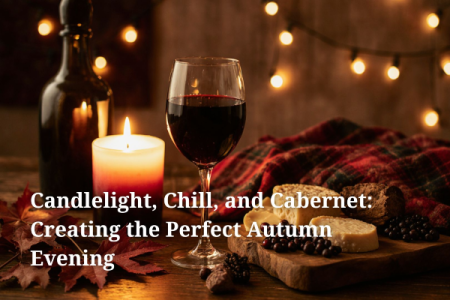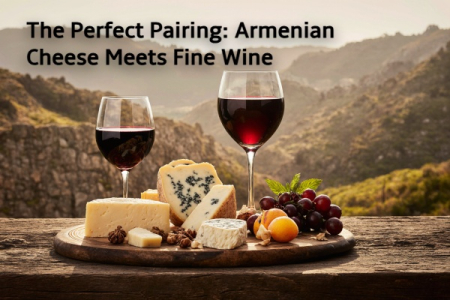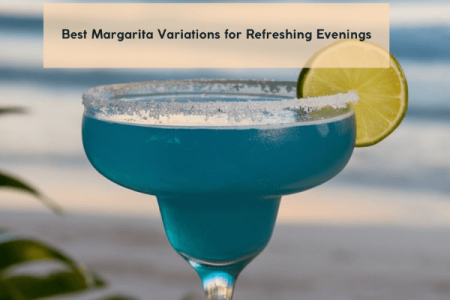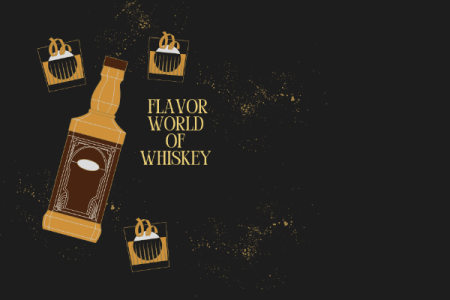During celebrations, we often think about sparkling wines. Among the rich variety of sparkling wines, rosé sparkling wines stands out — delicate, vibrant, and full of character. This drink offers a refined experience that delights both casual enthusiasts and connoisseurs alike.
So, what are the characteristics of sparkling wines, and how should one choose a sparkling wine?
What is Rosé Sparkling Wine?
Simply put, it is a wine with a pink hue that contains gas bubbles and is made from red grapes or a blend of red and white grapes. The color, ranging from soft pink to rich salmon, is achieved in two ways:
-
Maceration: The skins of red grapes are left in contact with the juice for a certain time to impart color and delicate tannins.
-
Blending: A small amount of red wine is added to white sparkling wine to achieve a beautiful hue and depth.
Although the most famous rosé champagnes come from France’s Champagne region, today similar wines can be found across the globe, from Italy’s Franciacorta and Spain’s Cava to the fresh and fruity versions of California and Australia.
Why is Rosé Sparkling Wine So Refined?
Rosé sparkling wine embodies elegance by combining its appearance and flavor. Its delicate pink shimmer immediately conveys a sense of luxury and romance, captivating the eye at first glance. This beautiful image is completed by fine and persistent bubbles, which are a true sign of high-quality sparkling wine.
Its flavor diversity also makes rosé sparkling wine unique. Depending on the grape varieties and production methods, it can be fresh and citrusy or juicier with berry notes. The best rosé sparkling wines possess layered depth of flavor without causing a feeling of heaviness. They are a wonderful choice both for festive parties and for warm, cozy family moments.
Flavor Notes
Rosé sparkling wine captivates with the delicate interplay of its flavor notes, where fruity, floral, and sometimes even saline touches complement each other. Most commonly, the flavor reveals red berry tones — strawberries, raspberries, and cherries — which form the wine’s core character. Their freshness is balanced by citrus nuances, such as hints of lemon or a slight bitterness of grapefruit.
There are often subtle floral notes as well, like the scents of rose petals, hibiscus, or violets, which lend the wine a romantic and delicate aura. High-quality rosé sparkling wines may also feature light minerality, adding depth and complexity to the flavor. In longer-aged examples, delightful brioche, almond, or creamy pastry notes unfold, adding even more layers.
Pairing Rosé with Food
Rosé pairs wonderfully with a wide variety of dishes. Thanks to its acidity, fruity flavors, and light structure, it easily highlights different flavor profiles.
Among appetizers, it pairs beautifully with smoked salmon canapés, crostini with goat cheese, and prosciutto-wrapped melon.
For main courses, rosé sparkling wine is an excellent companion to sushi and sashimi, especially tuna and salmon rolls. It also complements light meat dishes like grilled chicken or turkey. For seafood lovers, it pairs well with grilled shrimp or lobster, emphasizing the wine’s freshness and delicacy.
Among vegetarian dishes, rosé sparkling wine goes wonderfully with watermelon and feta salad, mushroom risotto, or roasted beet carpaccio.
In the cheese selection, it shines alongside Brie, Camembert, or fresh goat cheese.
And of course, rosé sparkling wine is simply perfect with desserts: with strawberry shortcake, raspberry tart, or delicate macarons, it creates a truly harmonious taste experience.
The wine is also compatible with savory dishes.
How to Choose Rosé Sparkling Wine
First and foremost, consider the wine’s dryness level. If you prefer dry wines, choose options labeled “Brut.” If you like something slightly softer, look for the “Extra Dry” label, while sweet wine enthusiasts can opt for “Demi-Sec” rosé champagnes.
The country of origin is also important. Rosé sparkling wines from the Champagne region are usually more complex and luxurious, whereas Spanish Cava or Italian Prosecco tend to have a lighter, fruitier character.
Grape varieties also play a decisive role. In France, Pinot Noir, Chardonnay, and Pinot Meunier dominate, while in Italy, Sangiovese and other local grape varieties shine.
Regardless of the occasion, to make the best choice, visit Vino&Vino, a specialized alcoholic beverage store, where you can also get expert assistance.

